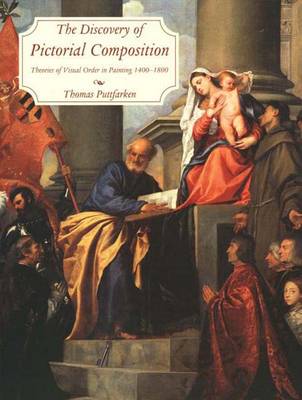In this illuminating book, art historian Thomas Puttfarken examines how pictorial composition and attitudes toward it changed between the early Renaissance and the beginning of the nineteenth century. Before 1600, a painting's overall composition was hardly ever discussed. As far as art theory and criticism were concerned, pictorial composition was a "discovery" of the seventeenth century, the author explains. In the first part of the book, Puttfarken investigates why pictorial composition did not figure in earlier accounts of the art. In Italy artists and patrons focused on large-scale wall paintings or altarpieces and on the presentation of life-size saints or protagonists whose physical proportions and interactions in narratives were considered more important than notions of overall effect or pictorial format. The second part of the book discusses the discovery of composition and its consequences for both the theory and practice of painting, understood as the production of tableaux, or easel pictures.
Puttfarken considers the effects on paintings of size, location, perspective, and relief, the relationship between ground and figures and between image and frame, and the different traditions defining Italian and Northern art. For readers with an interest in the theory and history of European art, this book is full of rich insights and fresh analyses.
- ISBN10 0300081561
- ISBN13 9780300081565
- Publish Date 10 June 2000
- Publish Status Out of Print
- Out of Print 30 May 2008
- Publish Country US
- Imprint Yale University Press
- Format Hardcover
- Pages 336
- Language English
